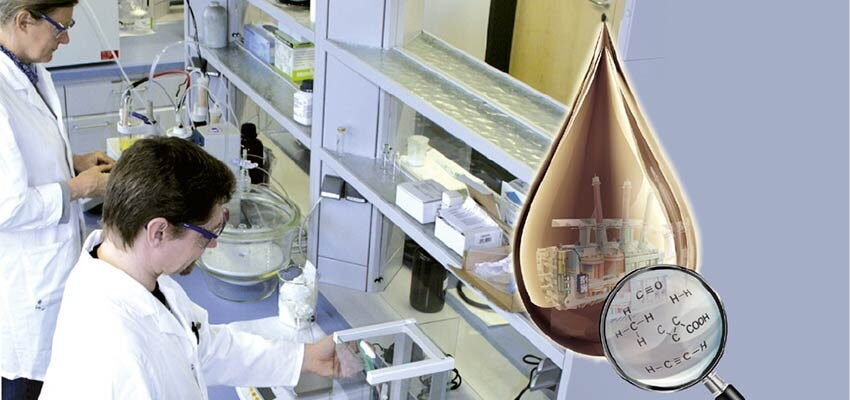
Column: Tap-changer know-how
Tap-changer DGA: Uncovering an enigma Part 2: Basic procedures In Part 1 of this article, the general field of tap-changer DGA has been outlined. In...
byRainer FROTSCHER

Tap-changer DGA: Uncovering an enigma
Part 2: Basic procedures
In Part 1 of this article, the general field of tap-changer DGA has been outlined. In Part 2, I will dig somewhat deeper and show some basic procedures which enable the user to define limit values for gas concentrations and gas increasing rates, or which allow a distinction between “good” and “bad”, based on the qualitative evaluation of gas patterns which have been recorded in service. Limit values cannot be obtained from the tap-changer manufacturer, but they can be generated from field data. Only the end user knows about the characteristic operating conditions of his specific tap-changer population and only he has the DGA data available for evaluation. Usually, the tap-changer manufacturer has no access to these data. He has to rely on own tests which only reveal the typical gassing behaviour of a specific tap-changer model under laboratory conditions. But these figures do not necessarily represent the gas formation in “real life” – big differences between laboratory data and field data are observed. Depending on the OLTC type and specific operating conditions, the typical values for dissolved gases span over several decades. With this, it is not helpful to define limit values which can be regarded as generally valid, because they are too rough and will mask potential malfunctions. DGA values which are regarded as normal for one OLTC type may represent a malfunction for another type.
There are basically two pathways how to perform tap-changer DGA: the numerical and the phenomenological approach. While the numerical approach is based on a (more or less) “dull number crunching”, the phenomenological approach “tries to understand” and uses well-defined gas patterns for comparison with patterns observed in the field.
- The numerical approach
The numerical approach needs a sufficient amount of field data, collected from fault-free and faulty equipment. The more data available, the better. The data are usually stored in databases which should show an appropriate structure to enable a proper selection and evaluation of data.
- Classification of OLTCs
We have seen in Part 1 of my DGA column that there are many different OLTC models in the field which all produce different gas patterns. So they should be clustered in groups with comparable gassing behaviour. Appropriate classification schemes according to the electrical components used and the type of design have been developed by CIGRE [10] and IEEE [11].







